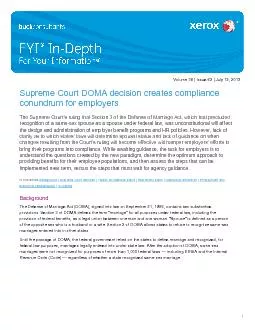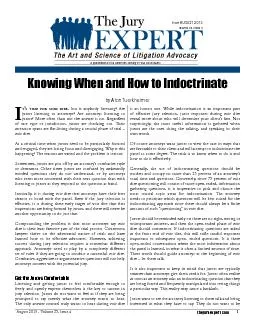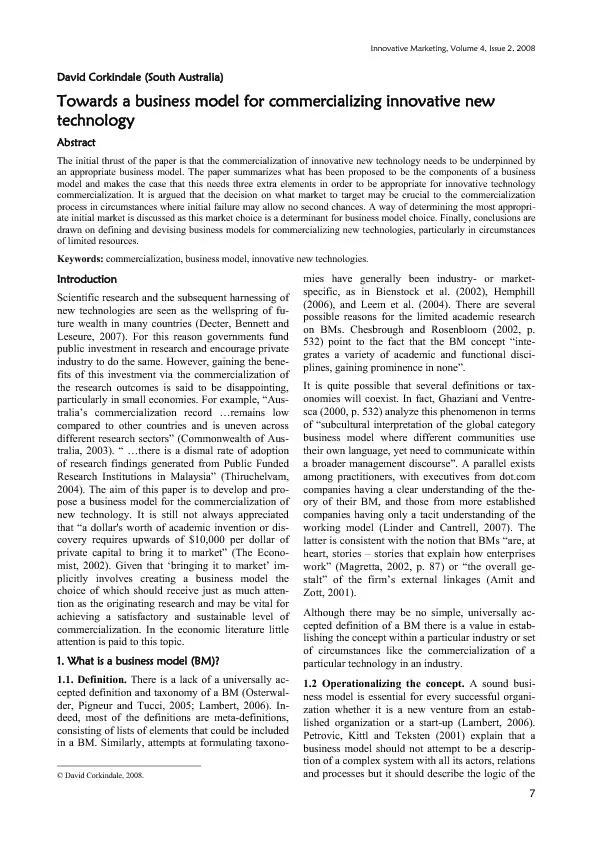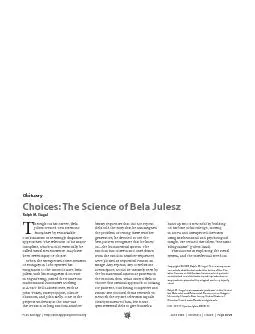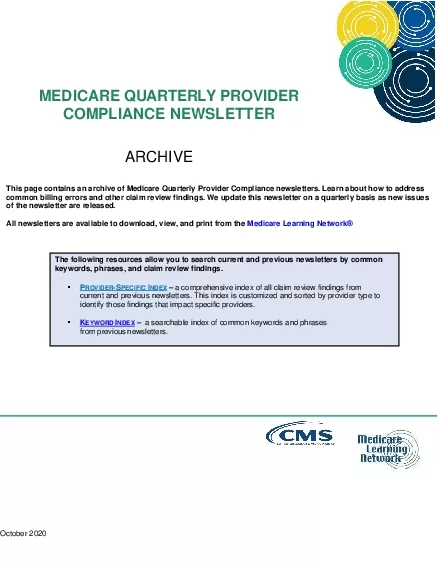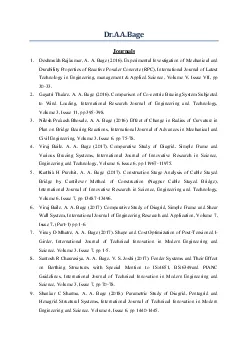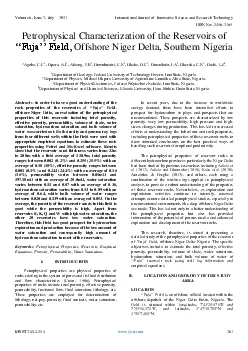PDF-Volume 36 Issue 62 July 12 2013
Author : sophia2 | Published Date : 2021-06-18
1 Supreme Court DOMA decision creates compliance conundrum for employers The Supreme Courts ruling that Section 3 of the Defense of Marriage Act which had precluded
Presentation Embed Code
Download Presentation
Download Presentation The PPT/PDF document "Volume 36 Issue 62 July 12 2013" is the property of its rightful owner. Permission is granted to download and print the materials on this website for personal, non-commercial use only, and to display it on your personal computer provided you do not modify the materials and that you retain all copyright notices contained in the materials. By downloading content from our website, you accept the terms of this agreement.
Volume 36 Issue 62 July 12 2013: Transcript
Download Rules Of Document
"Volume 36 Issue 62 July 12 2013"The content belongs to its owner. You may download and print it for personal use, without modification, and keep all copyright notices. By downloading, you agree to these terms.
Related Documents

